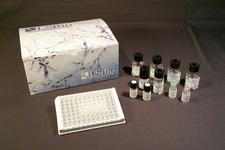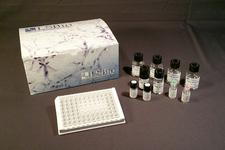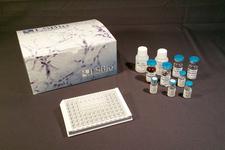order histories, retained contact details for faster checkout, review submissions, and special promotions.
Forgot password?
order histories, retained contact details for faster checkout, review submissions, and special promotions.
Location
Corporate Headquarters
Vector Laboratories, Inc.
6737 Mowry Ave
Newark, CA 94560
United States
Telephone Numbers
Customer Service: (800) 227-6666 / (650) 697-3600
Contact Us
Additional Contact Details
order histories, retained contact details for faster checkout, review submissions, and special promotions.
Forgot password?
order histories, retained contact details for faster checkout, review submissions, and special promotions.
CXCR3
chemokine (C-X-C motif) receptor 3
CXCR3 is a G protein-coupled receptor with selectivity for three chemokines, termed CXCL9/Mig (monokine induced by interferon-g), CXCL10/IP10 (interferon-g-inducible 10 kDa protein) and CXCL11/I-TAC (interferon-inducible T cell a-chemoattractant). Binding of chemokines to this protein induces cellular responses that are involved in leukocyte traffic, most notably integrin activation, cytoskeletal changes and chemotactic migration. Alternatively spliced transcript variants encoding different isoforms have been found for this gene. One of the isoforms (CXCR3-B) shows high affinity binding to chemokine, CXCL4/PF4 (PMID:12782716).
| Gene Name: | chemokine (C-X-C motif) receptor 3 |
| Family/Subfamily: | GPCR , Chemokine |
| Synonyms: | CXCR3, C-x-c chemokine receptor 3, CD183 antigen, CKR-L2, CXCR-3, CMKAR3, CD182, CD183, Cxcr3a, GPR9, IP-10 receptor, IP10-R, Mig receptor, MigR, Mig-R, Chemokine (C-X-C) receptor 3, CXC-R3, Cxcr3b, G protein-coupled receptor 9, IP10 receptor |
| Target Sequences: | NM_001504 NP_001495.1 P49682 |
Publications (6)
























If you do not find the reagent or information you require, please contact Customer.Support@LSBio.com to inquire about additional products in development.










